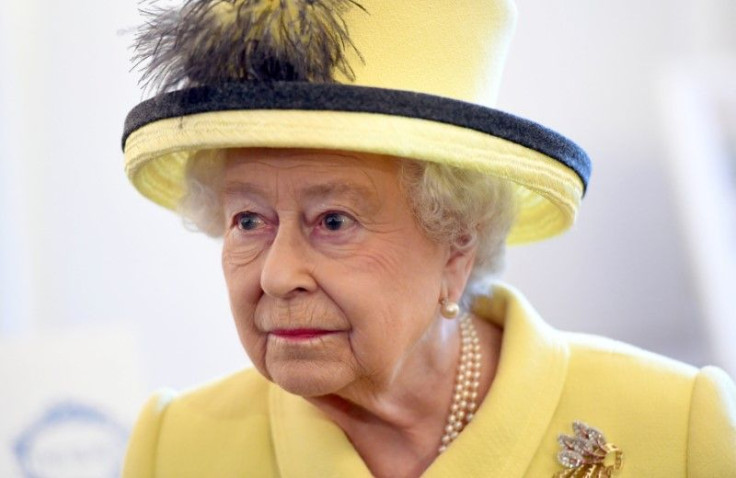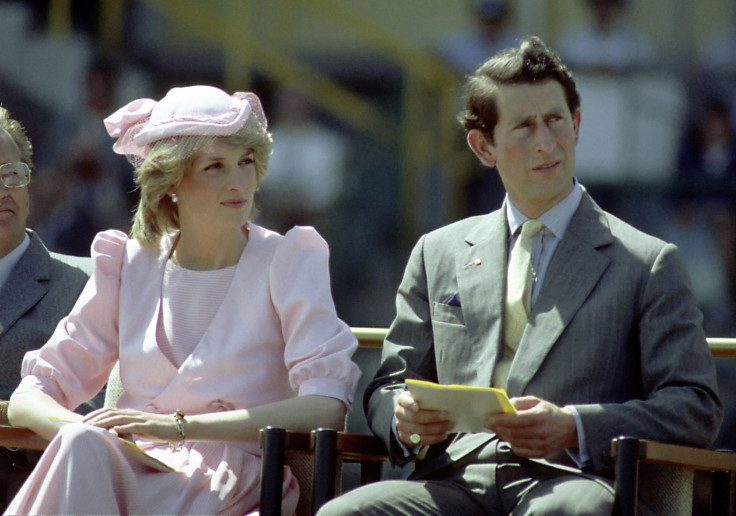Queen Elizabeth II Scandals: From Princess Diana To Prince Harry’s Drug Use, The British Monarch Has Had An Eventful Reign

As she was laid low by illness over Christmas, concern for the wellbeing of Queen Elizabeth II spread across the globe.
Although she may have raised herself from her sick bed, fears over Queen Elizabeth’s health reached such a level that Australian monarchists were urged this week to prepare for the death of Britain’s longest reigning monarch.
The queen, who reigns over Australia as a Commonwealth Realm, missed two high-profile church services on Christmas and New Year’s Day having been struck down with a “heavy cold.” It comes at a time when the queen has never been so popular.
A huge 76 percent indicated their support for the monarchy, in an April 2016 Ipsos MORI survey. Only 20 percent believe she should abdicate at some stage, despite Prince Charles having waited in the wings longer than any other first-in-line-to-the-throne in history.
However, it wasn’t always that way.
The popularity of the queen and the monarchy has risen sharply in the past two decades. And that trend is also evident in the United States. A CNN poll taken ahead of her Diamond Jubilee in 2012 indicated that 82 percent of Americans had a favorable opinion of the queen, a dramatic increase from 1997 when that rating stood at just 47 percent.
The results should be no surprise. It was 1997, after all, that saw the biggest challenge of Queen Elizabeth’s near-65-year reign: the death of Princess Diana.
While most did not buy into the conspiracy theory that the Royal Family had been behind her death in a car crash in Paris, there was huge anger directed at the queen for her perceived failure to adequately represent the country’s grief at the passing of the “People’s Princess.”
A headline in the tabloid The Sun in the days following the tragic incident read, “Where is our queen? Where is her flag?” over her failure to initially address the nation or fly a flag at half-mast at Buckingham Palace.
Already, Diana had been the source of damaging public relations for the queen. Following Diana’s separation from Prince Charles in 1992, much was made of a rift between Diana and the queen. While Diana went around the world engaging in charity work, the queen was seen as a cold, detached figure.

The early 1990s were certainly a damaging time for the queen and the royals. There was another royal split in the news, too, with Prince Andrew, younger brother of Prince Charles, separating and then divorcing Sarah Ferguson. With both her sons’ marriages separating in the same year, it was no surprise the queen called 1992 her “annus horribilis.”
It was also in 1992 that privilege of the Royal Family came under question. During a recession for the country in 1992, the queen was widely seen as bowing to public pressure when announcing that she would pay income tax and cover $1.3 million of subsidies for her family that was previously covered by taxpayers.
The queen’s difficulties during her reign go beyond finance and marital disputes. Prince Harry, the younger son of Prince Charles and Princess Diana, was something of a problem child, never more so than when, in 2002, he attended a drugs rehabilitation clinic after admitting to taking cannabis multiple times and engaging in under-age drinking.
While the queen does not have executive power in Britain, her political views, or rumors of her political views, have occasionally made headlines. Most recently, this occurred to huge controversy during last year’s Brexit referendum, when The Sun claimed that the queen backed a vote for Britain to leave the European Union. The claim was fiercely disputed by Buckingham Palace, which filed a successful complaint with the press regulator, Ipso.
© Copyright IBTimes 2024. All rights reserved.





















